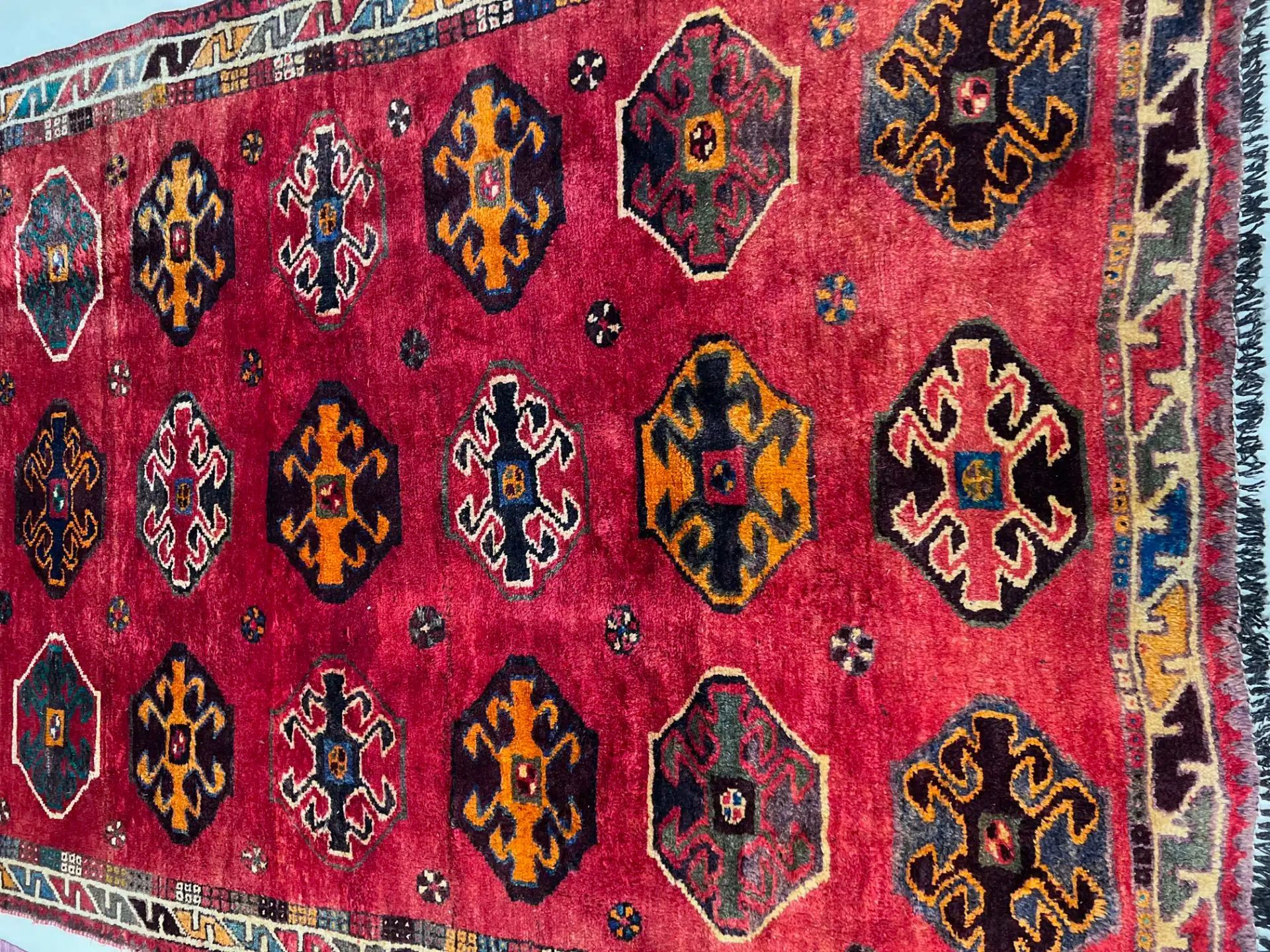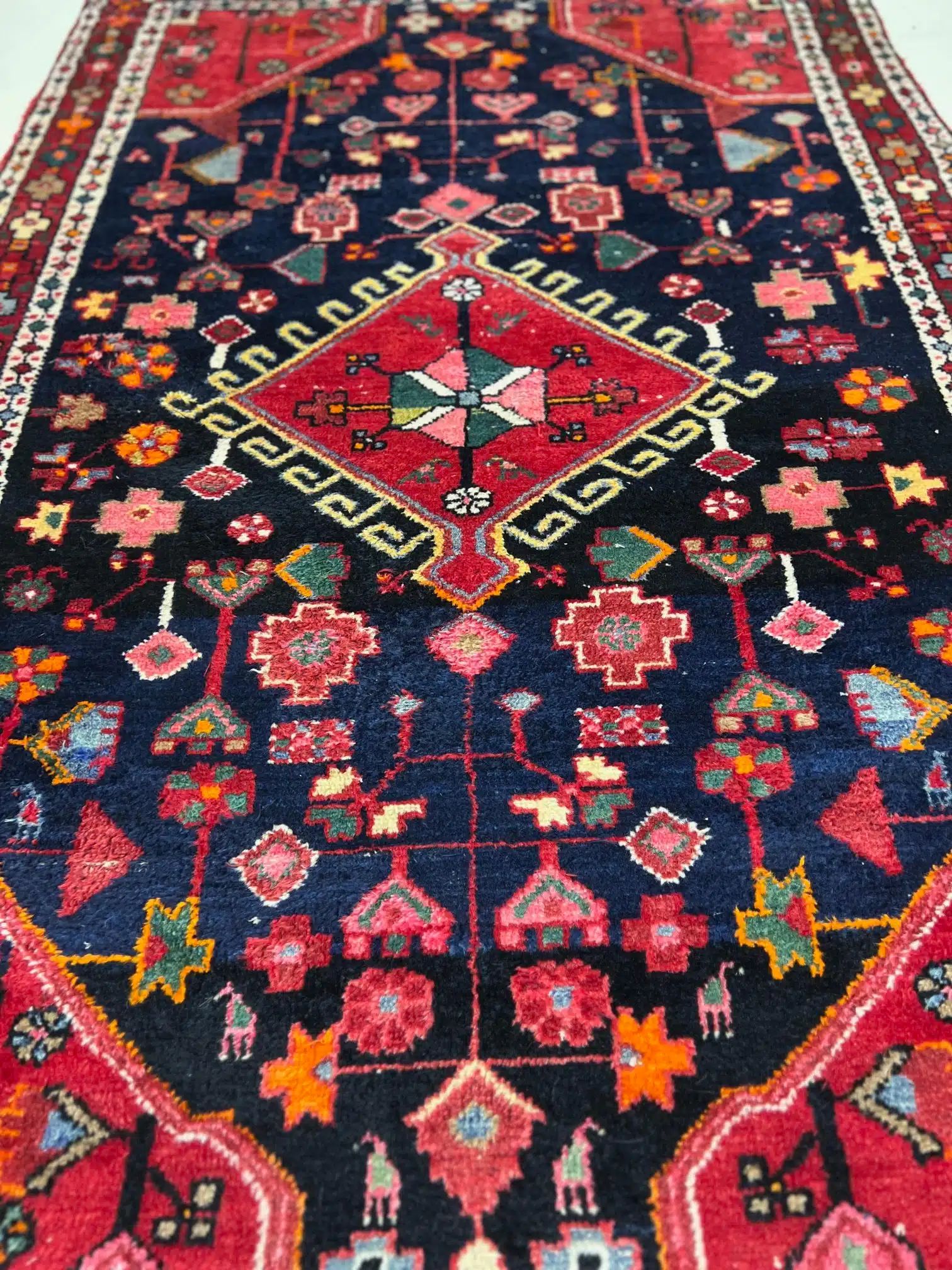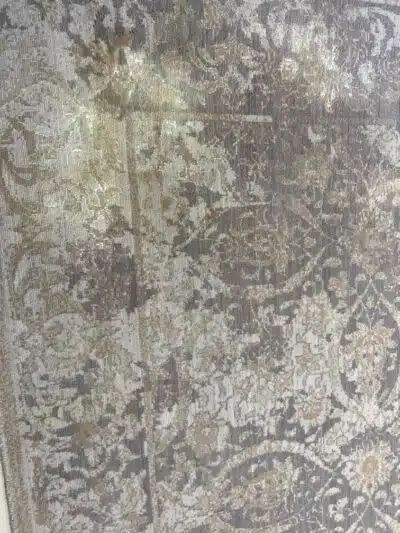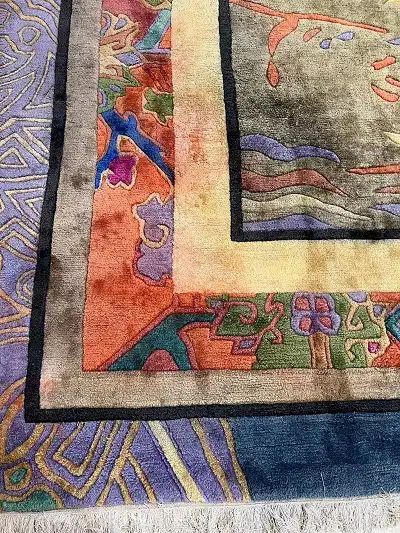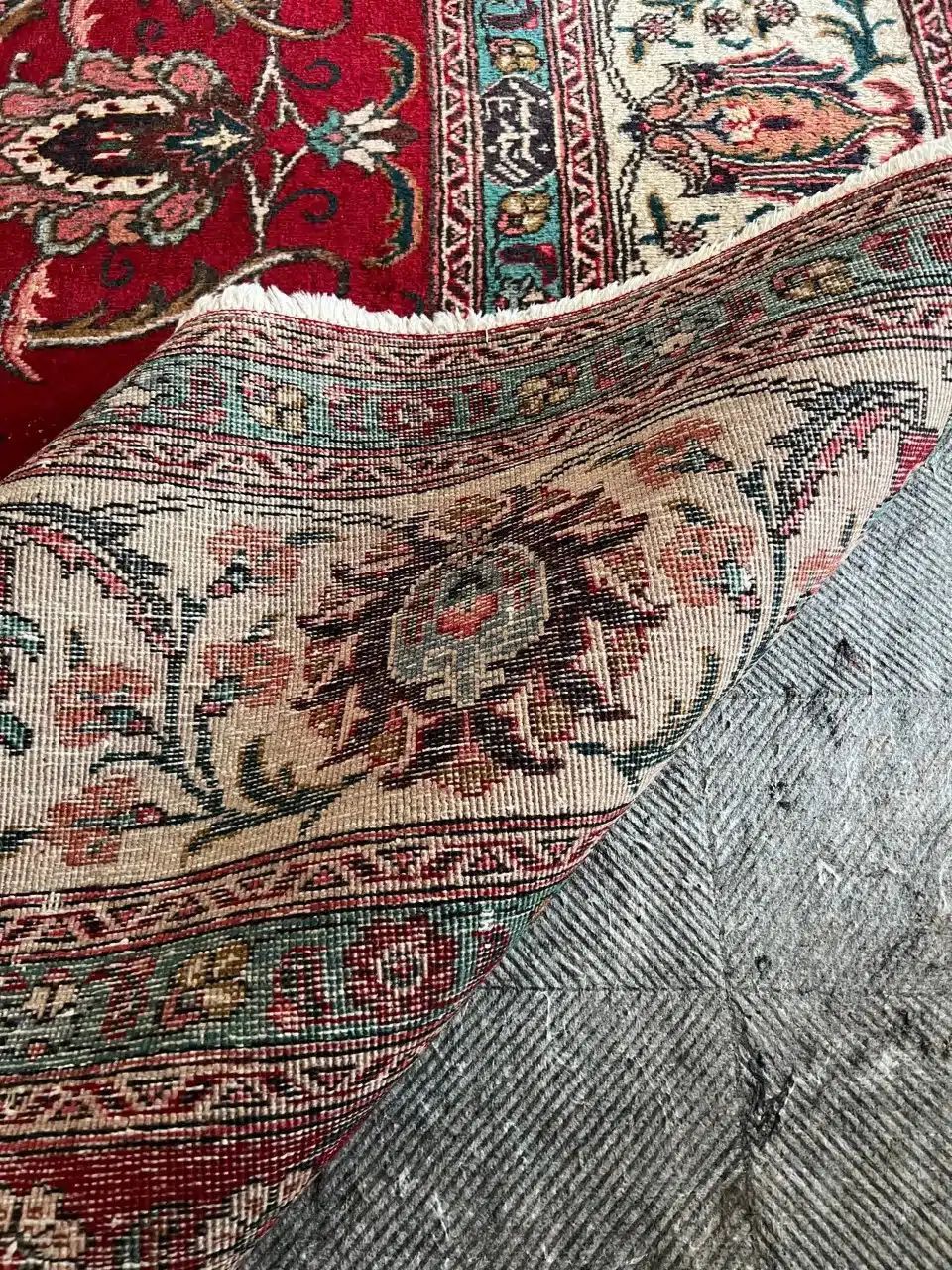Making Kilim Rugs
The History of Kilim Rugs
Kilim rugs feature a unique flat weave construction with no foundation or pile, making them quite different from many other rug types. Another defining feature is their use of bright, vivid colors and bold geometric designs.
The word Kilim can be traced back to Turkey, or perhaps Mongolia depending on who you ask. Regardless, the techniques used in weaving these unique rugs have an ancient heritage from regions throughout Iran, Turkey, Pakistan, China, and central Asia. While it’s not clear where Kilims were first made, the antique rugs are some of the oldest in the world and have been around for ages.
Kilim Rugs Are Woven By Hand
Kilim rugs are woven with wool and cotton fibers, depending on what is locally available. Sometimes, silk threads and beads are used as well for added luxury and decoration.
To make Kilim rugs, skilled weavers use looms to make tight cross weaves with 14 threads of warp for every 15 threads of weft per inch. Unlike pile rugs, Kilims are also pulled down to create a single-color effect. The intertwining and pulling of the threads result in thin and light mats, giving the technique the name “flat weave.” Since there is no pile to catch dust and dirt, properly cared for Kilim rugs often require less frequent rug cleanings.
Kilim Rugs Are Available in a Variety of Sizes and Colors
From shades of blue and green to those of red and orange, Kilims are known for their vibrancy and come in a wide variety of colors. Modern Kilim rugs even feature grey or black for even more contrast and “pop.”
Ancient Turkish Kilims range in size from 2 x 3 to 5 x 8 feet. Newer Kilims come in a greater variety of sizes and are available as runners, tapestries, and whole-room carpets as well.
Kilim rugs typically have straightforward patterns and designs, and each one reflects the weaver’s thoughts and symbolizes their beliefs. Due to their weaving technique, almost every pattern formed is geometric in nature.
The post Making Kilim Rugs appeared first on The Austin Rug Cleaner.


